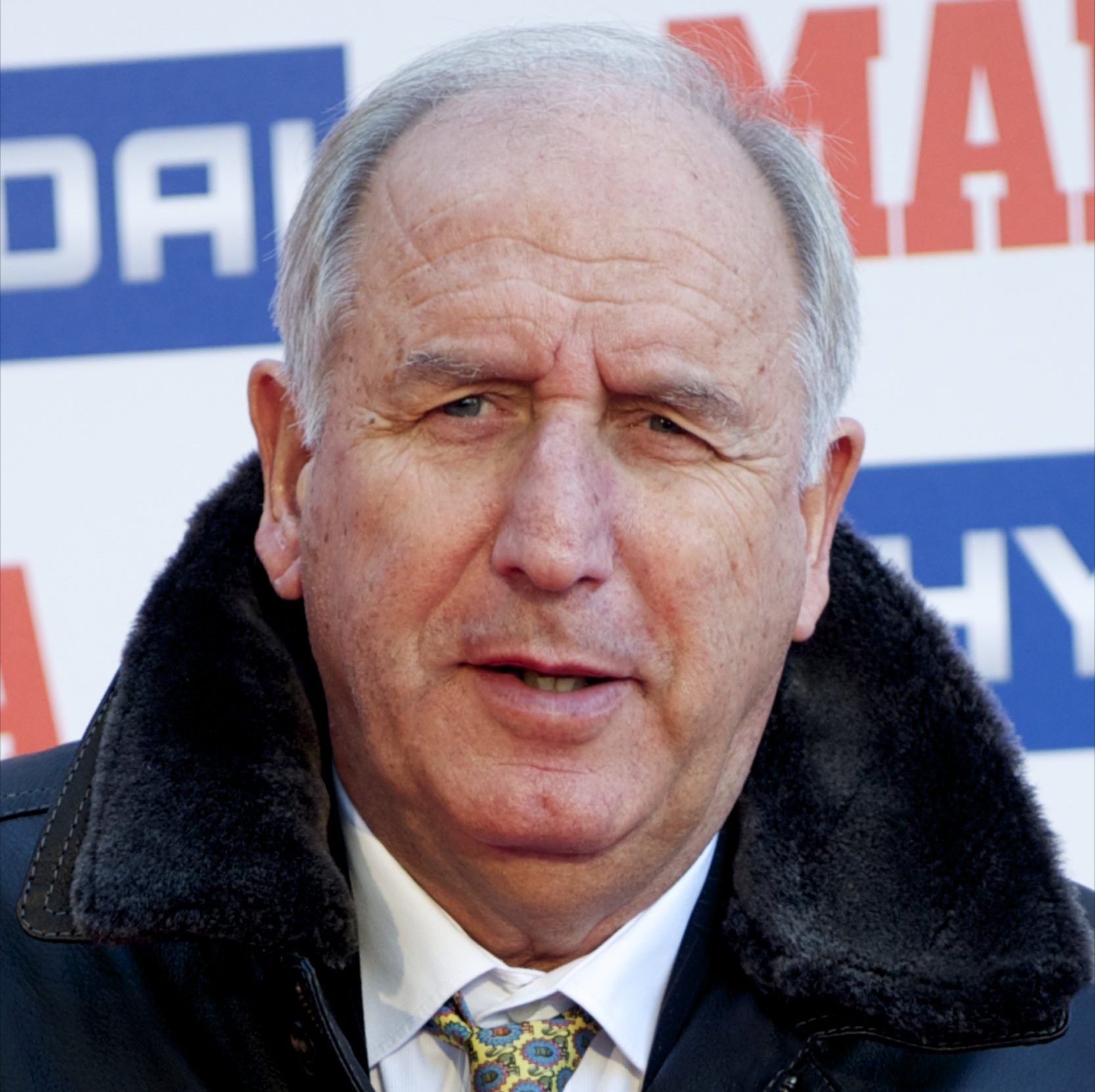
With eight , the record for the most goals in La Liga, and a victory, has firm place in football history – and his career all started with a napkin.
The Argentine had trials for Barcelona when he was just 13 years old, but at first the club was hesitant to sign him.
After weeks of waiting, Messi’s father Jorge met with Barcelona’s sporting director Carles Rexach for lunch and demanded an answer. He said that his son had received offers from other clubs, and if they didn’t get a contract soon, they would leave.
Rexach knew that Messi had talent, so he wanted to make a commitment there and then. Without any paper to hand, he wrote out a contract on the back of a napkin.
Now, the history-making napkin is up for auction for a starting price of £300,000.
Messi’s rise from teenage footballer to Barcelona star
Messi grew up in the bustling city of Rosario in Argentina. agent Fabian Soldini ran a soccer in the city, and when he saw Messi play, he knew that the boy had a rare talent. Soldini told his business partner Horacio Gaggioli about the promising young player, and the pair made arrangements for Messi to have a trial at Barcelona.
In September 2000, when he was just 13 years old, Messi and his family flew over to the Spanish city. Gaggioli met the family at the airport, but he wasn’t immediately impressed.

‘When I saw him at the airport, I said to myself: ‘This kid’s too small to play football.’ I thought they’d tricked me,’ he told FIFA in 2016.
However, as soon as the football agent saw Messi out on the pitch, he understood why his Argentine partner had been so excited about the young player.
During the trials, Barcelona’s sporting director Rexach knew he wanted to sign Messi right away.
‘I got there at five o’clock and I looked and I walked about a little bit, I looked again. Football is a team game, right? But this kid could play all on his own, he took the ball and beat other players and scored a goal,’ Rexach said in an interview with The Sun in 2018.

‘Physically he was very small – a tiny little thing – but when you saw him play, he was something else. The same as he is now,’ he said.
However, the club did not usually sign foreign players so young. It would be a risky move, and Messi would not be able to play for the Juvenil A team because of his nationality. They would have to wait several years before he was eligible to play for the club’s youth teams.
Messi, who at 13 years old was still under five feet tall, was also undergoing growth hormone treatment for a medical condition. If Barcelona signed him, they would have to pay for the treatment, which cost $1000 a month. Despite Rexach’s enthusiasm, the board of directors were hesitant.
A napkin makes history
Messi played in the trials in September and October, but the family hadn’t received any confirmation from the club about signing him. They were growing impatient, and by December, Messi’s father Jorge wanted a clear answer.
‘His dad was getting angry and said Leo was leaving,’ Rexach told the sports daily AS.

On 14 December 2000, Rexach invited Jorge to lunch at the Pompeia tennis club with Gaggiolo and transfer advisor Josep Minguella. Tensions were building, and the men talked out the possibilities for the 13-year-old’s future. Jorge pushed for a commitment.
That’s when Rexach asked the waiter for a piece of paper. The waiter returned with a napkin, and Rexach pulled out a blue pen.
The napkin reads: ‘In Barcelona, on 14 December 2000 and the presence of Messrs Minguella and Horacio, Carles Rexach, FC Barcelona’s sporting director, hereby agrees, under his responsibility and regardless of any dissenting opinions, to sign the player Lionel Messi, provided that we keep to the amounts agreed upon.’

Rexach, Gaggiolo and Minguella all signed the serviette.
Gaggioli said that the napkin ‘broke the deadlock’.
A month later, Messi joined Barcelona and history was made. In his twenty years at the club, he scored 672 goals in 778 games.
Where is the napkin now?
For years, the historic napkin was framed and stored in a bank in Andorra, where Gaggioli lives.
Some fans wanted the napkin to go on display at the Barcelona club museum. In an interview with Spanish website SPORT in 2020, Gaggioli said he didn’t know why the napkin wasn’t already on display in the club museum.

‘I was always in favour of the napkin being displayed in the museum, and if one day it leaves [the bank in] Andorra, that is where it will go,’ he said.
But it seems that Gaggioli has changed his mind, as London-based auction house Bonhams is now selling the napkin on his behalf. Bonhams has previously auctioned off costumes and props from the Netflix series The Crown.
It’s unclear whether Gaggioli is the sole legal owner of the napkin. Minguella questioned who the legal owner of the napkin was in with Catalunya Radio on Wednesday. He said that because three people signed it, it could be argued that there are three owners.

The auction will take place in March, where the napkin will have a starting price of £300,000.
Head of fine books and manuscripts at Bonhams Ian Ehling said: ‘Yes, it’s a paper napkin, but it’s the famous napkin that was at the inception of Lionel Messi’s career
‘It changed the life of Messi, the future of FC Barcelona, and was instrumental in giving some of the most glorious moments of football to billions of fans around the globe.’

























